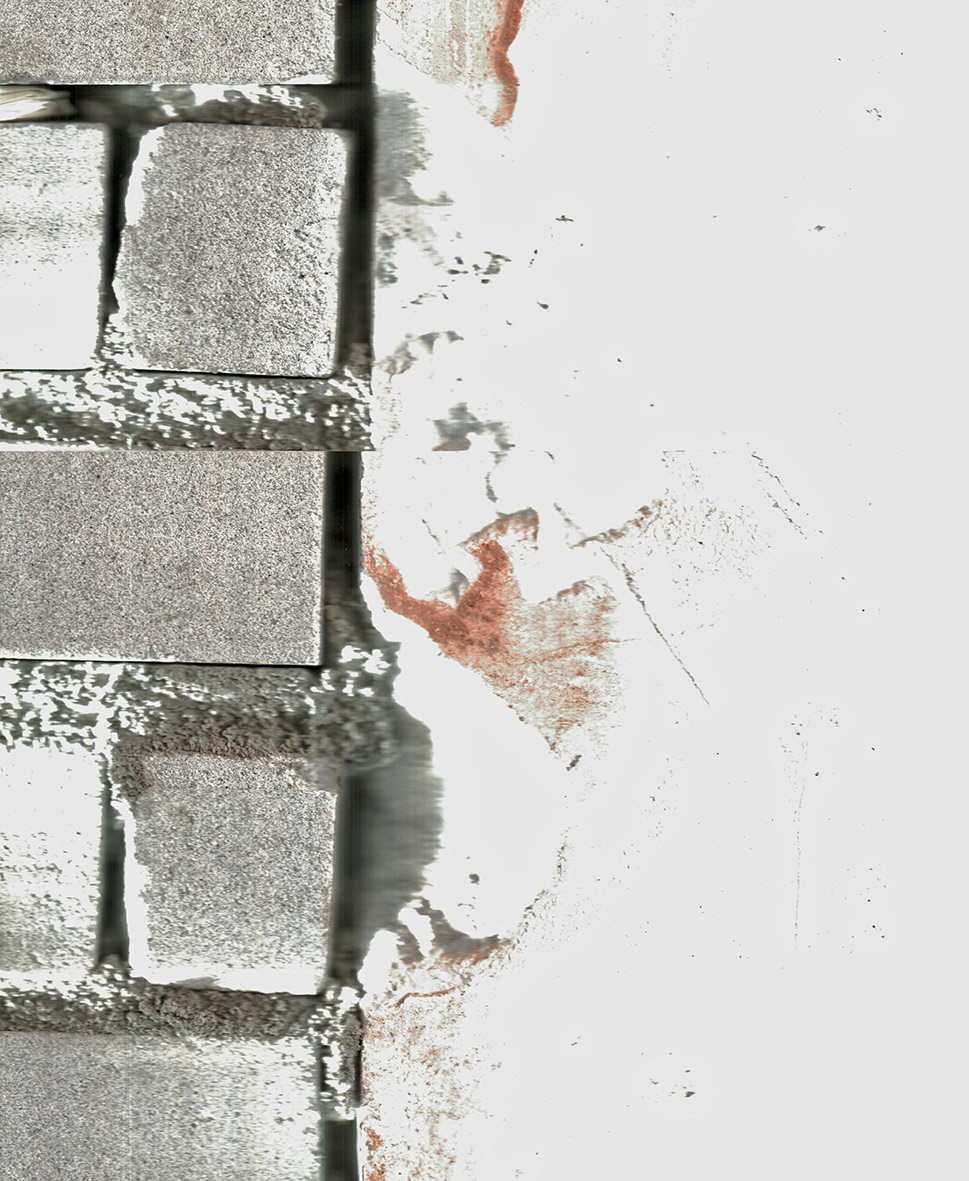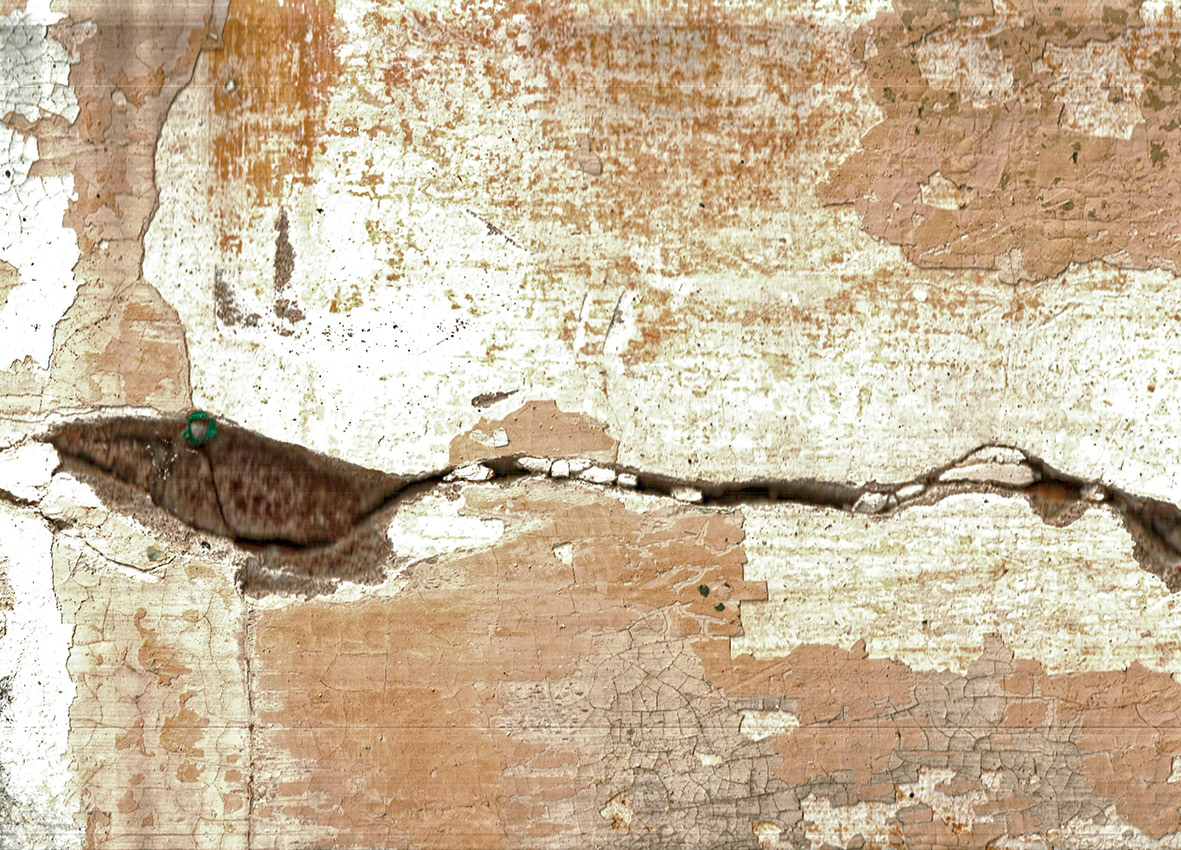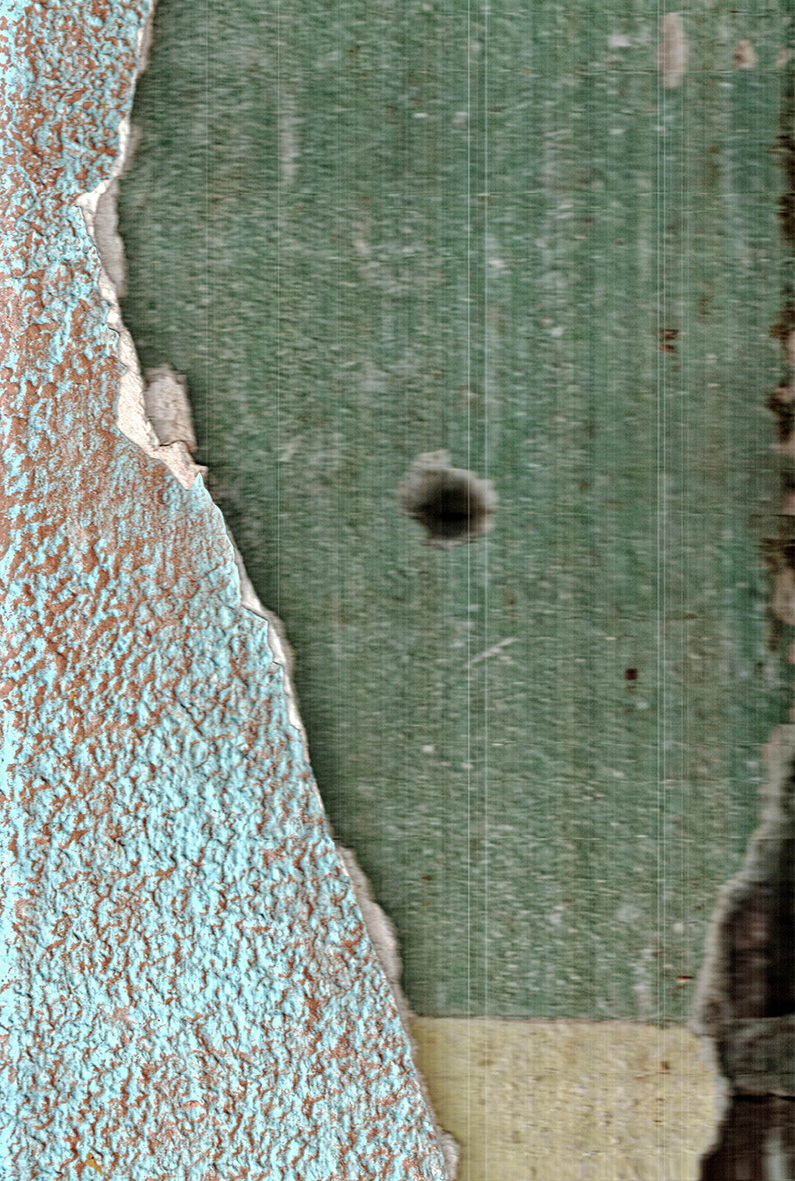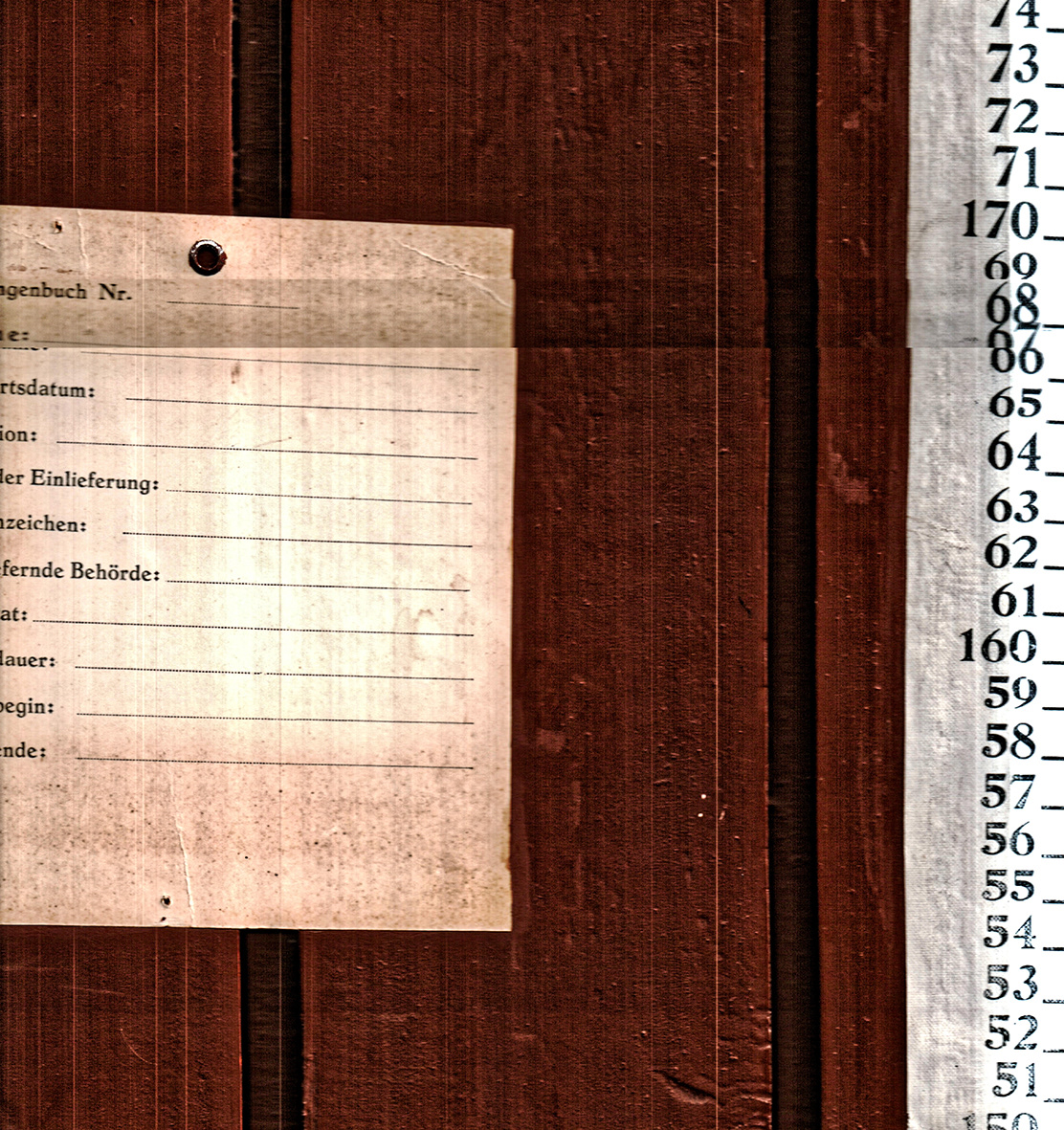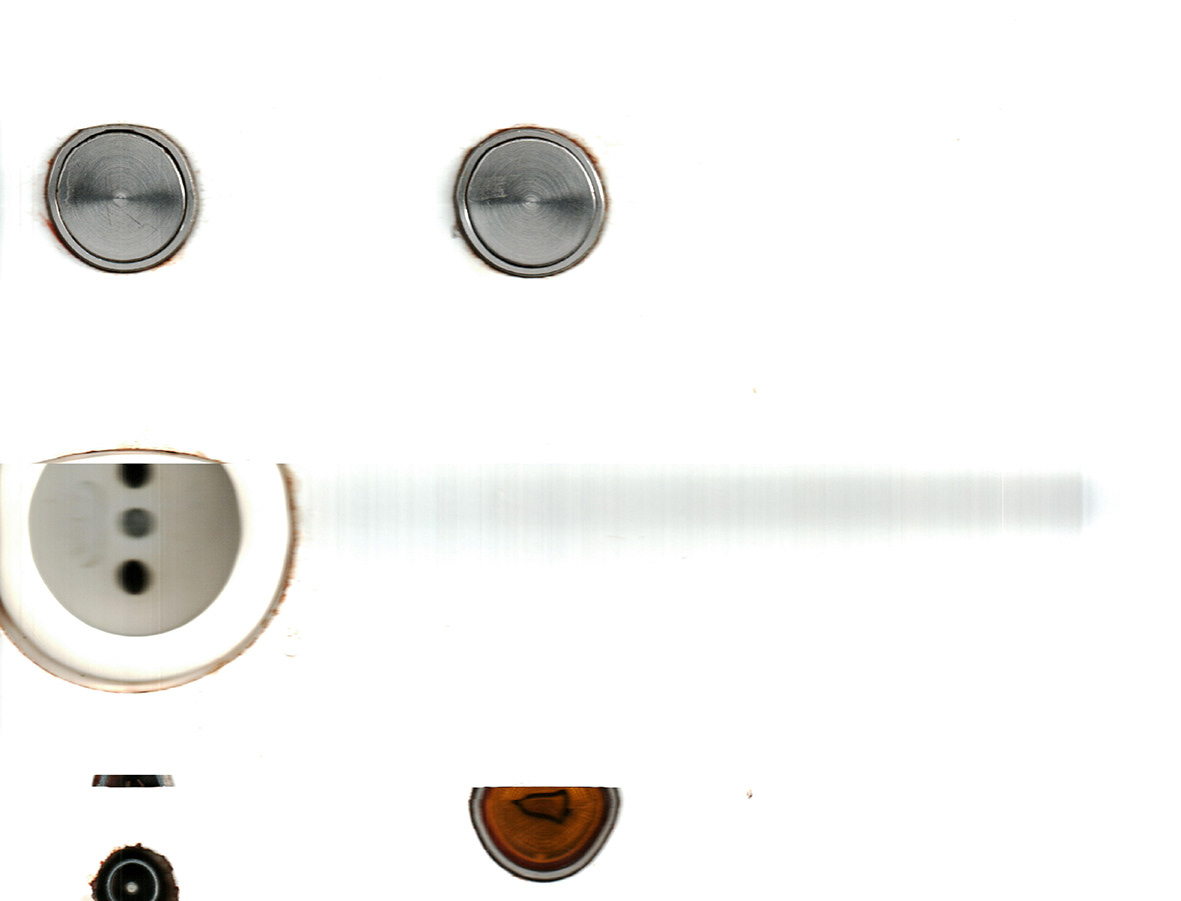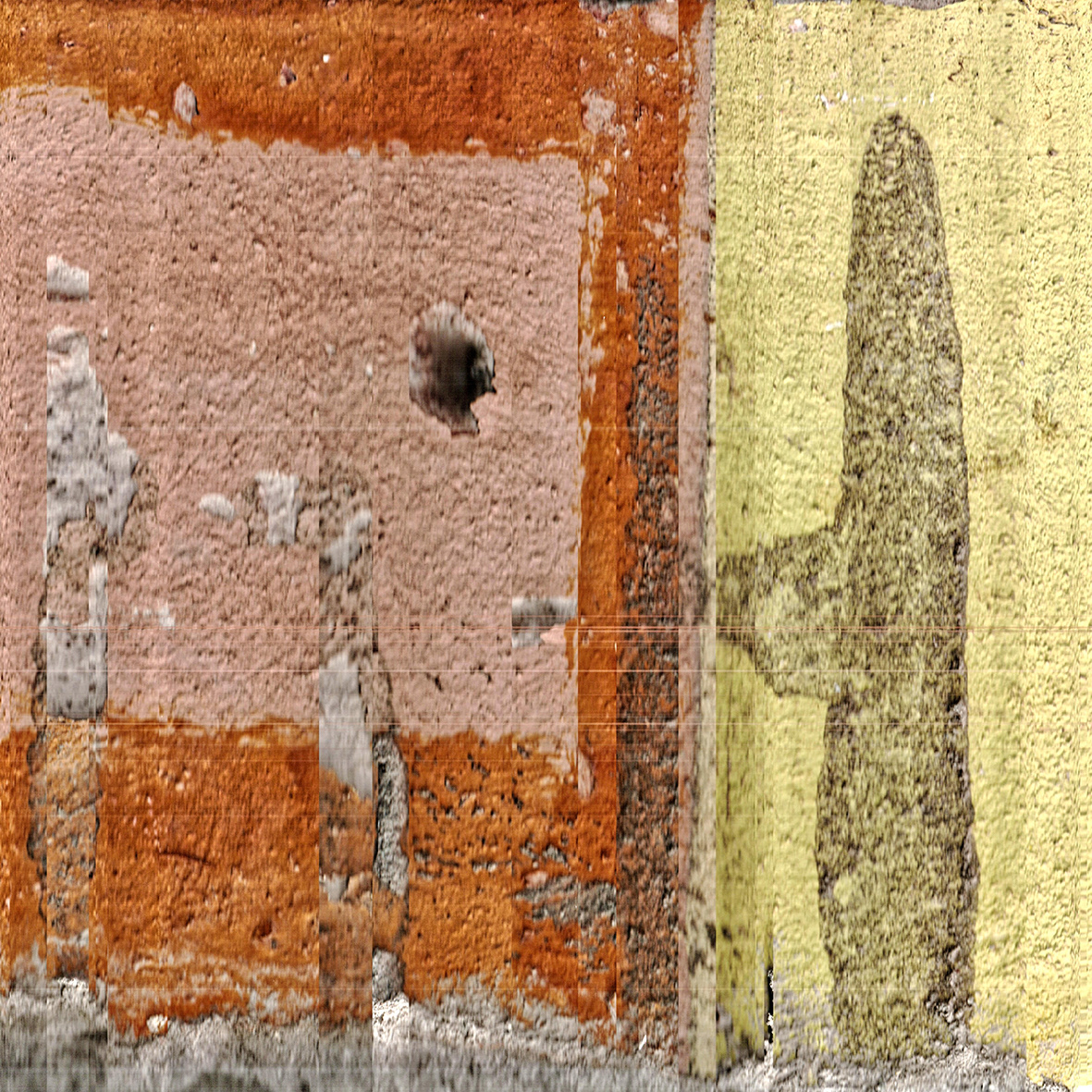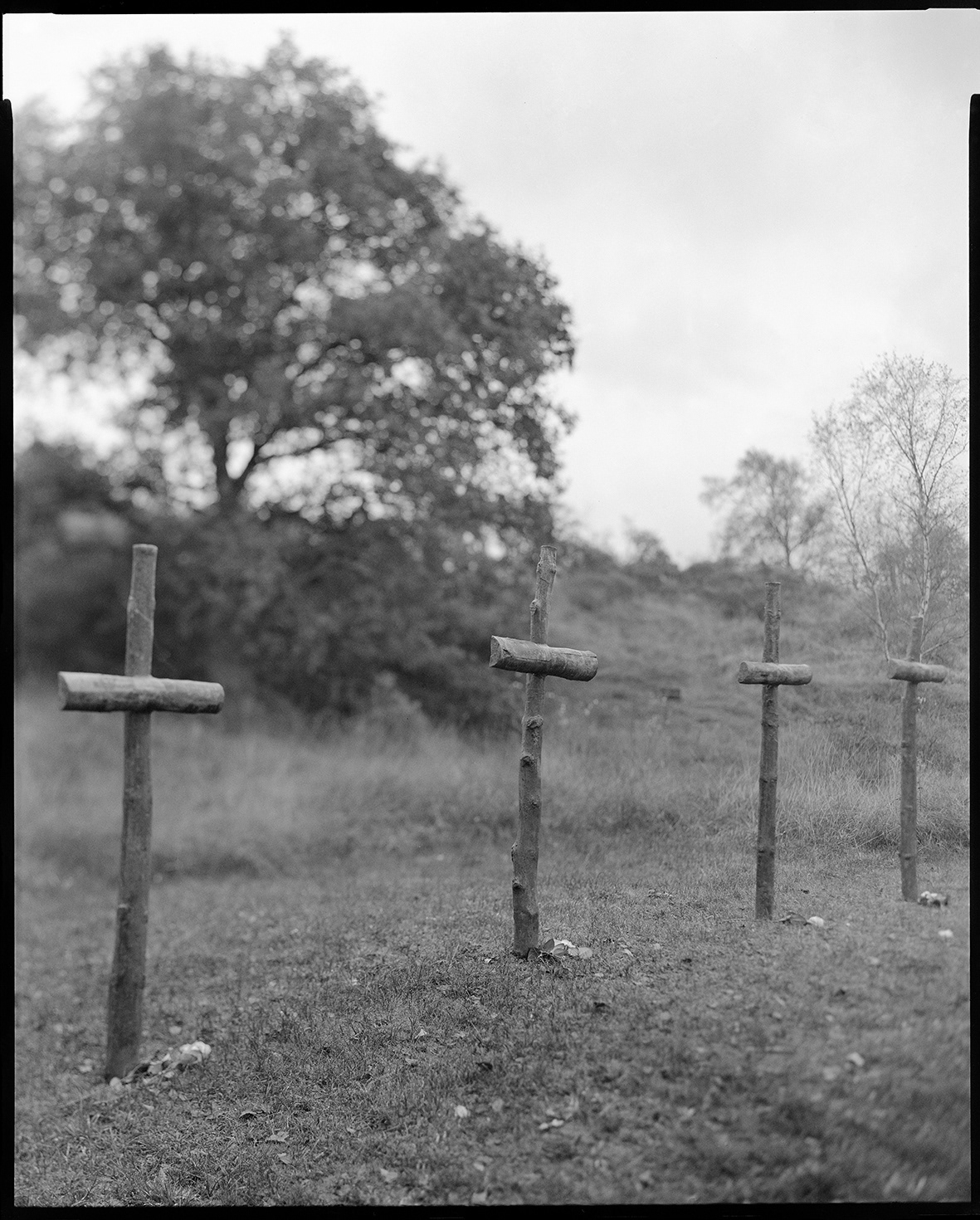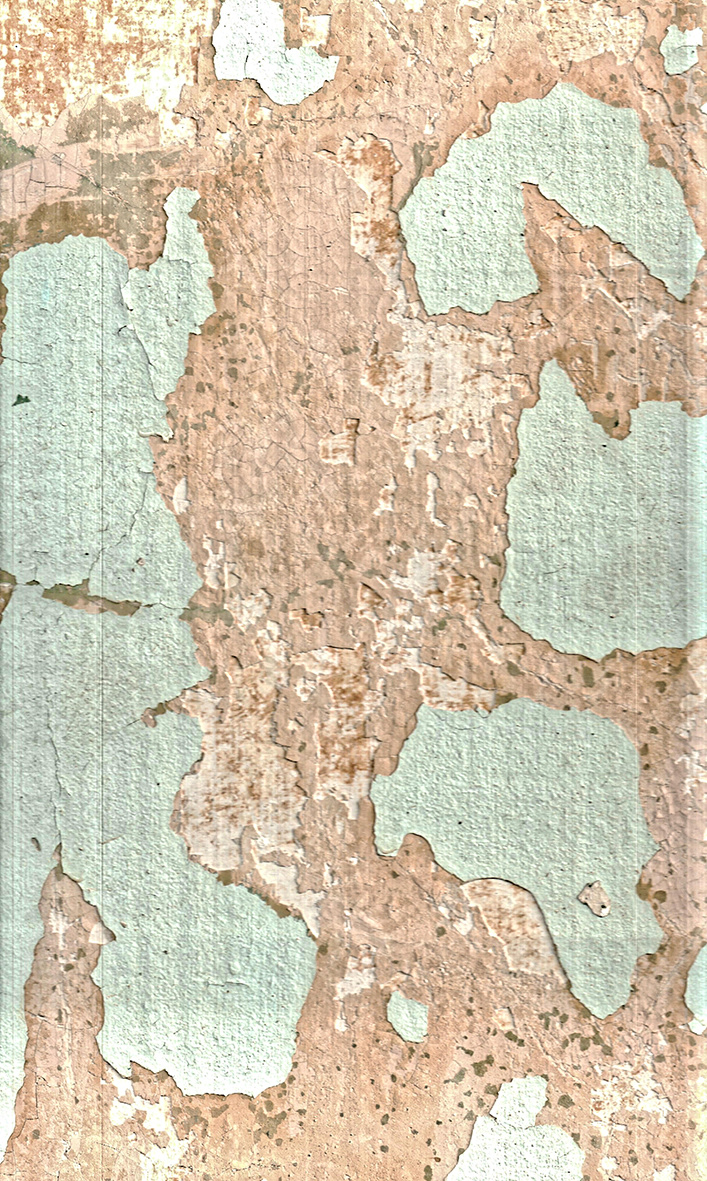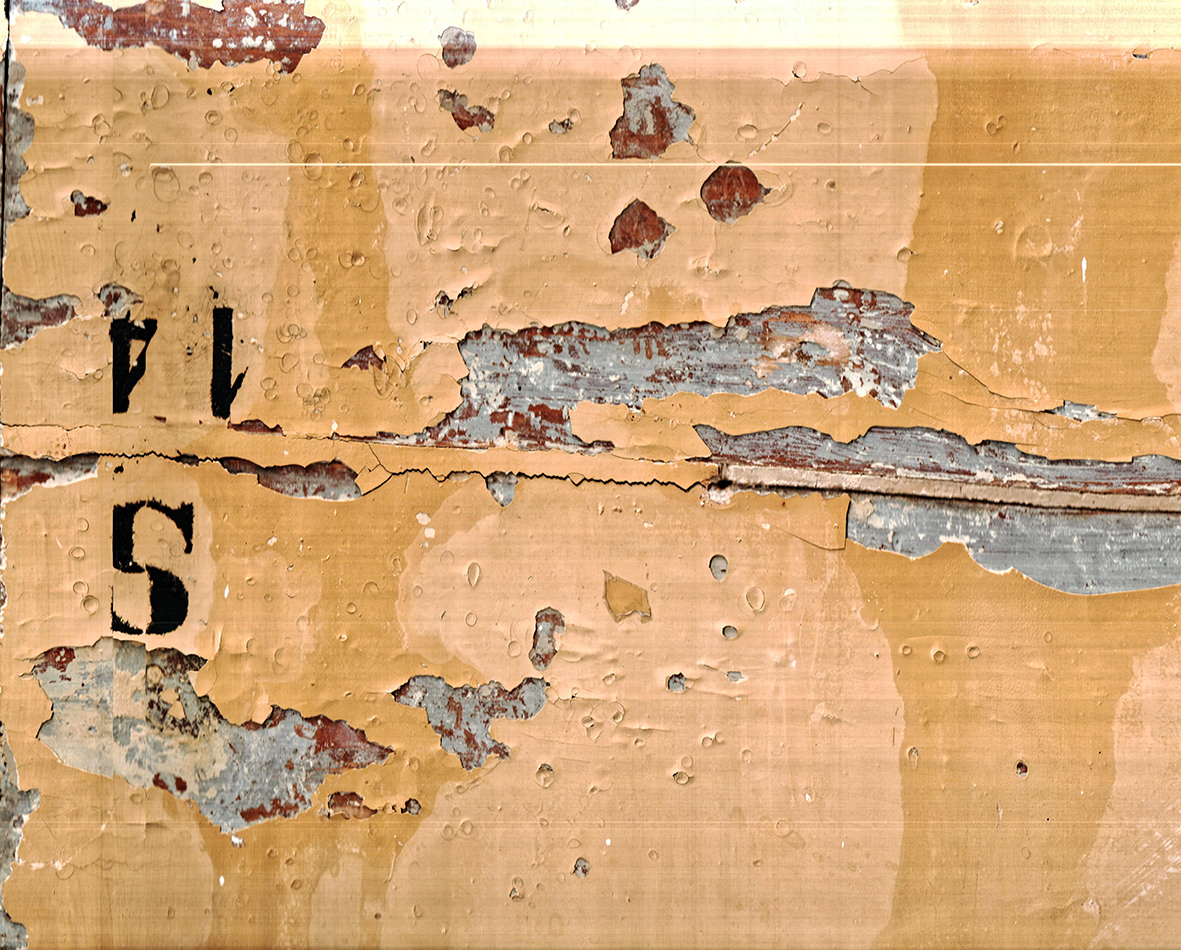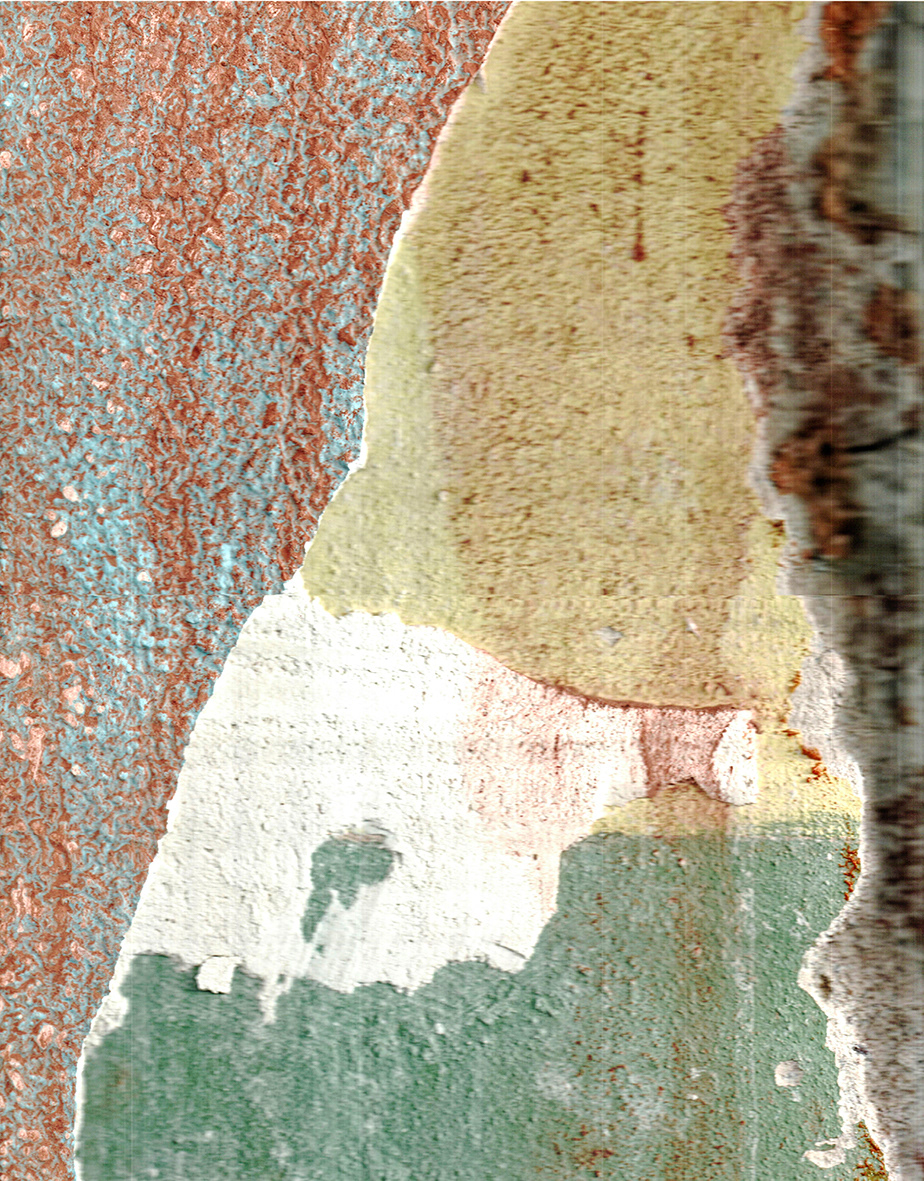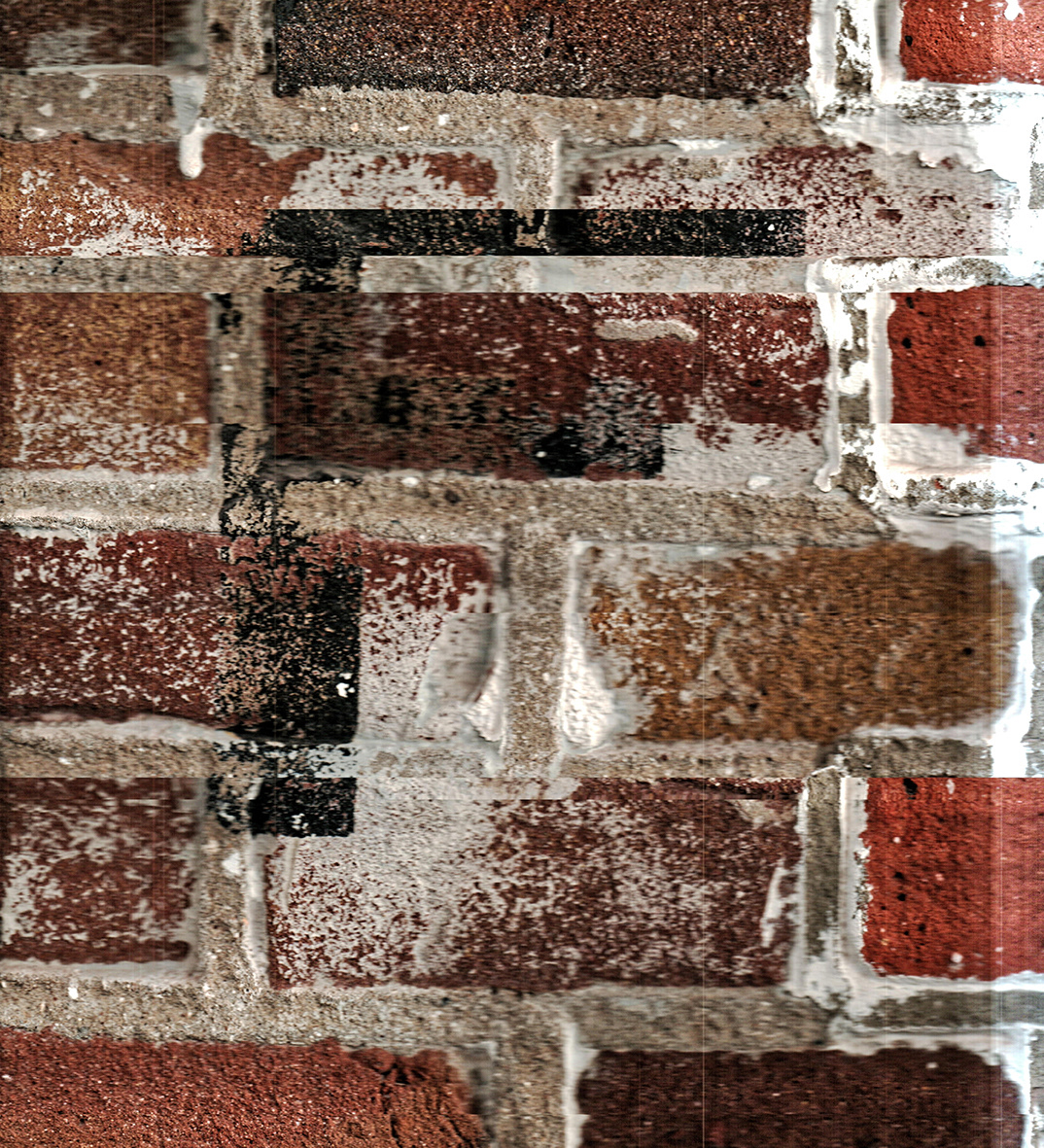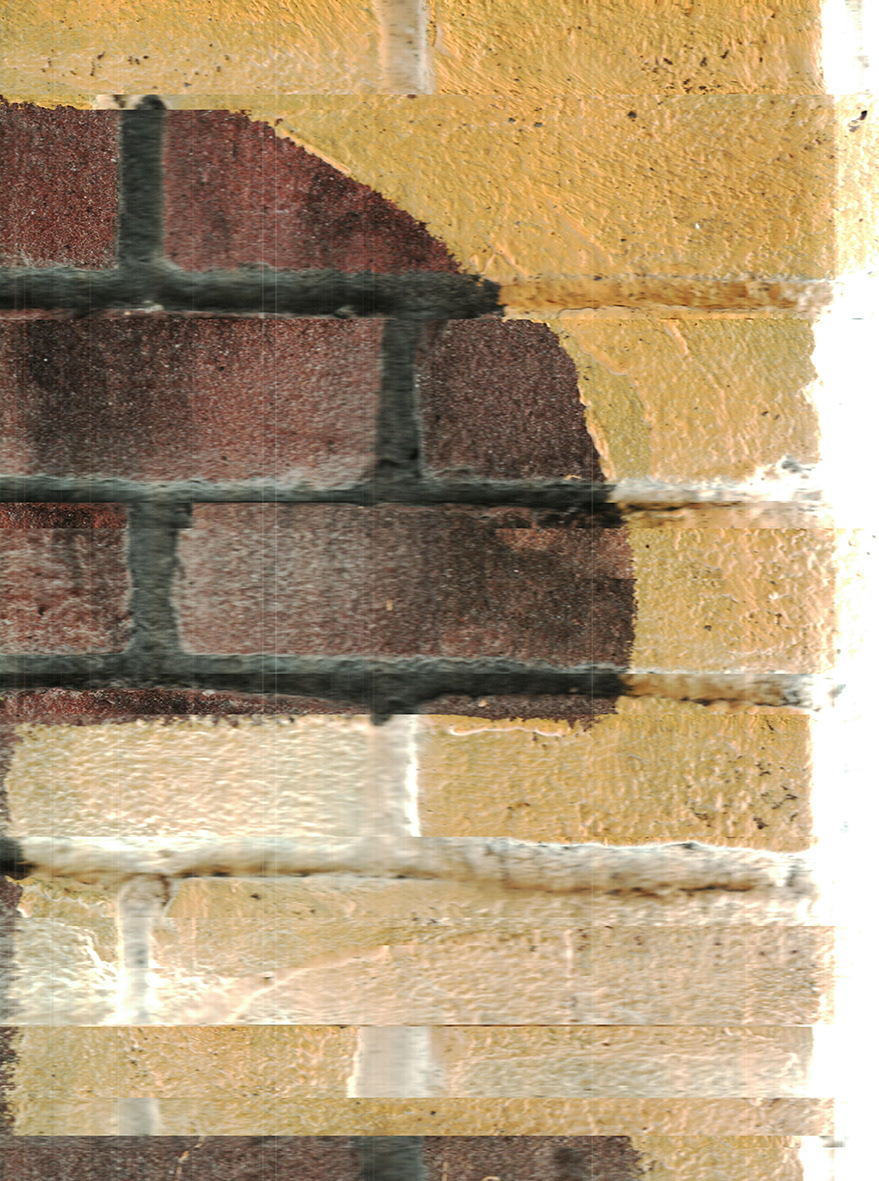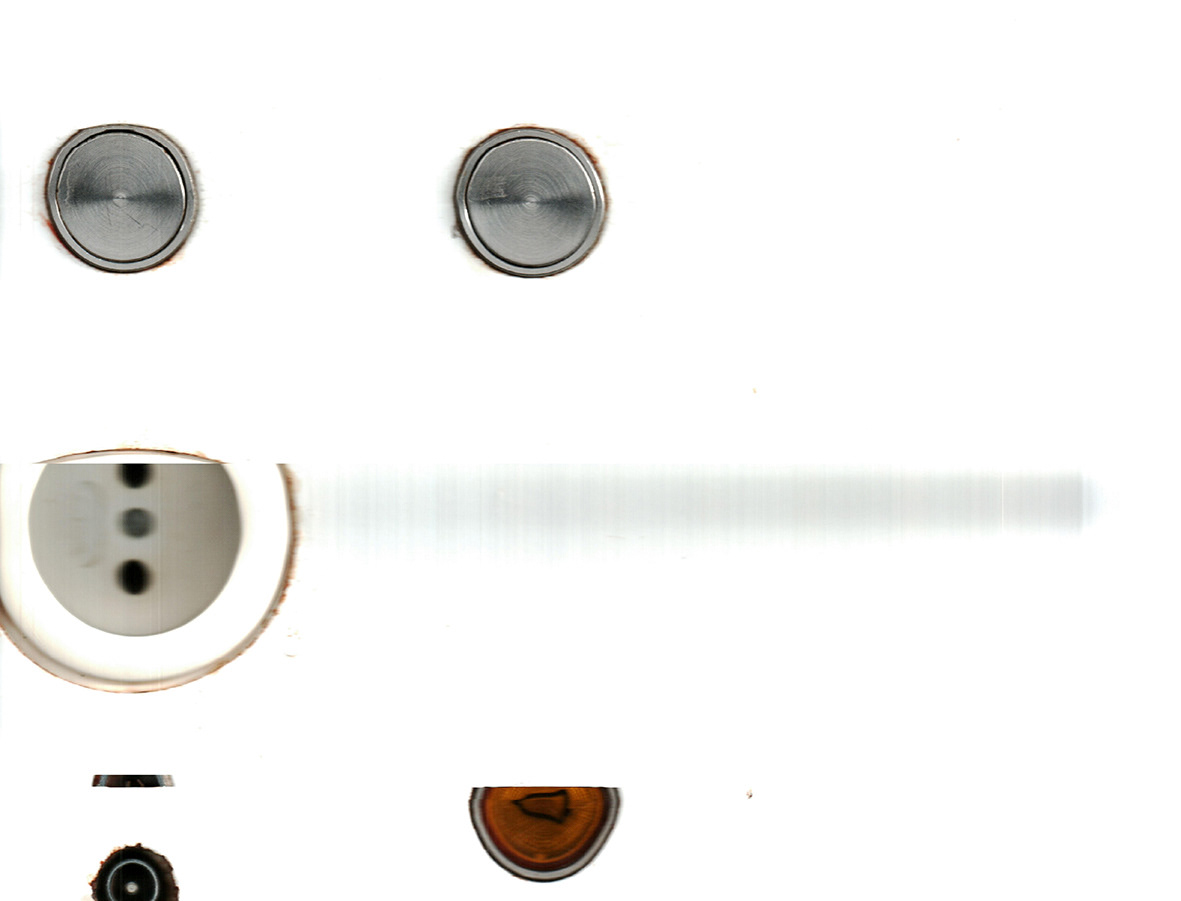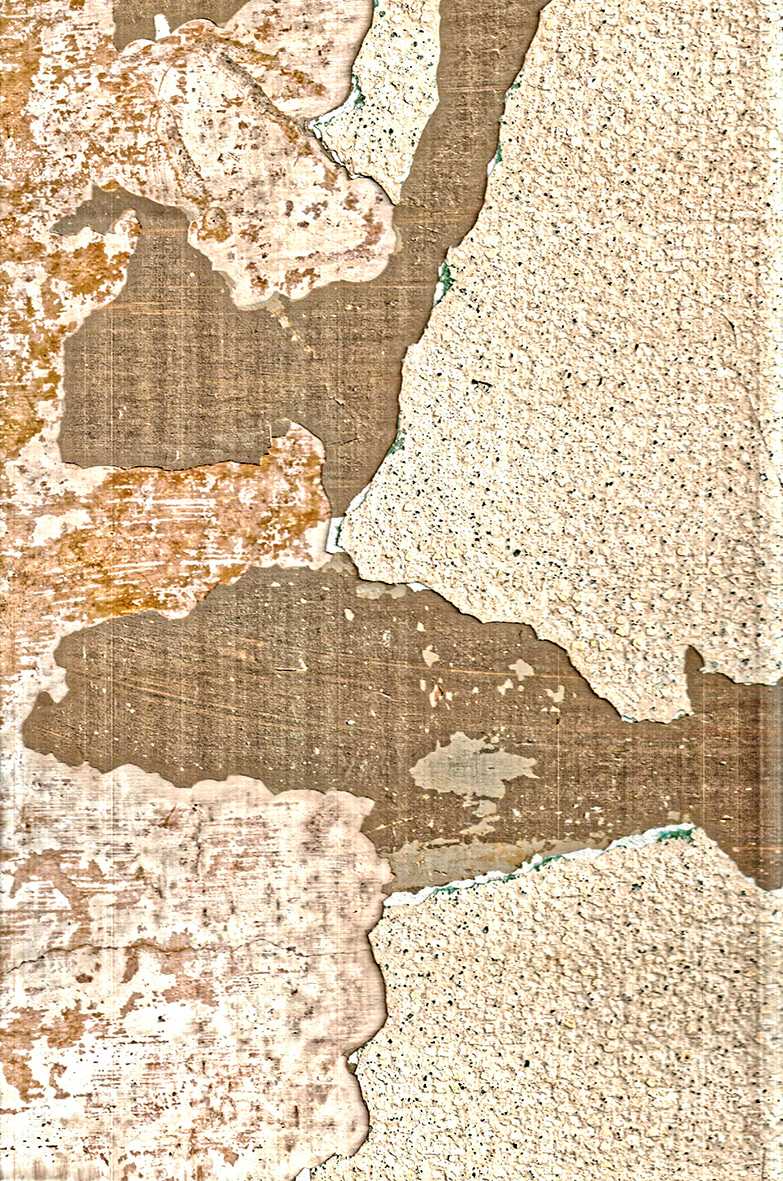2025
What happens when the context of images fades over time? This is the central question explored by Traces in Time, a project that initiates a dialogue between archival war photographs and newly created images. It does this by tracing the surfaces of historical sites marked by memory.
The project draws its foundation from a selection of archival photos from the WWII Image Bank (Beeldbank WOII). Many of these images, captured after the German occupation of the Netherlands and focusing on the Oranjehotel (a former Nazi prison) and the Waalsdorpervlakte (an execution site), possess an inherent ambiguity, making them difficult to interpret directly. The photographs themselves bear the marks of time: blurred focus, scratches, fingerprints, and chemical stains. These imperfections, whether from use, technical flaws, or simply the passage of time, obscure the images' clarity and disrupt their readability. They act as visual barriers, compelling viewers to navigate uncertainty and fragmented truths. As the original historical context anchoring these images erodes, their capacity to convey trauma becomes vulnerable, prompting a deeper inquiry into whether a photograph can truly preserve the weight of the past, or if meaning inevitably vanishes with the loss of lived memory.
These fragmented historical traces are then juxtaposed with a series of contemporary images. These new photographs are generated from scans of surfaces within the National Monument Oranjehotel. Like their archival counterparts, these images also resist straightforward interpretation, instead revealing the worn textures of walls and objects—silent witnesses to history, imbued with the echoes of what has been.
Together, these two distinct sets of images challenge the enduring nature of meaning in photography. Traces in Time delves into how images age and how their ability to bear witness transforms once they become detached from their original contexts. Ultimately, the project views the photograph as a trace—a fragile yet persistent imprint of a lost moment. It serves as a meditation on visibility, absence, and the profound question of how images contribute to remembrance.
